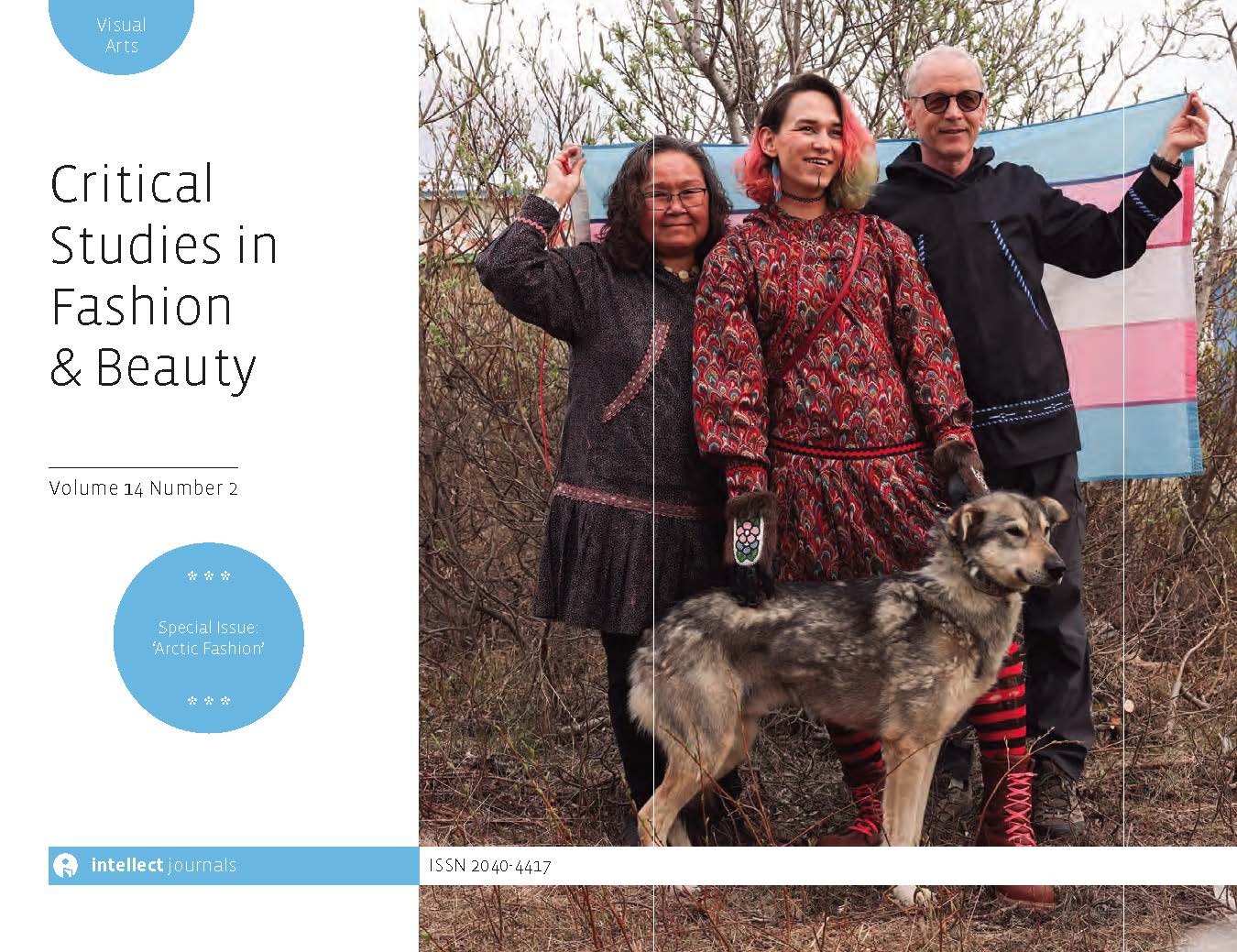
Full text loading...

The purpose of the exhibit Peruvian Textile Traditions: A Living Heritage was to showcase Peruvian dress and textile arts by conveying their significance and associated meanings to two ethnic groups in Peru: the Quechua people from the Andes Mountains and the Shipibo-Conibo from the Amazon rainforest. Textiles and dress have played uniquely important political, social and religious roles over thousands of years and continue to communicate and produce meanings through fibre, cloth and garments. The exhibit featured nineteen handmade textiles and six Peruvian ethnic dress ensembles, organized into three main vignettes: dresses, Andean and Shipibo-Conibo textiles. While exploring the exhibit’s content and cultural legacy, this article also reflects on the importance of showcasing diverse cultural heritage as a way to build more inclusive universities, communities and museum spaces.

Article metrics loading...

Full text loading...
References


Data & Media loading...

Publication Date:
https://doi.org/10.1386/csfb_00039_1 Published content will be available immediately after check-out or when it is released in case of a pre-order. Please make sure to be logged in to see all available purchase options.